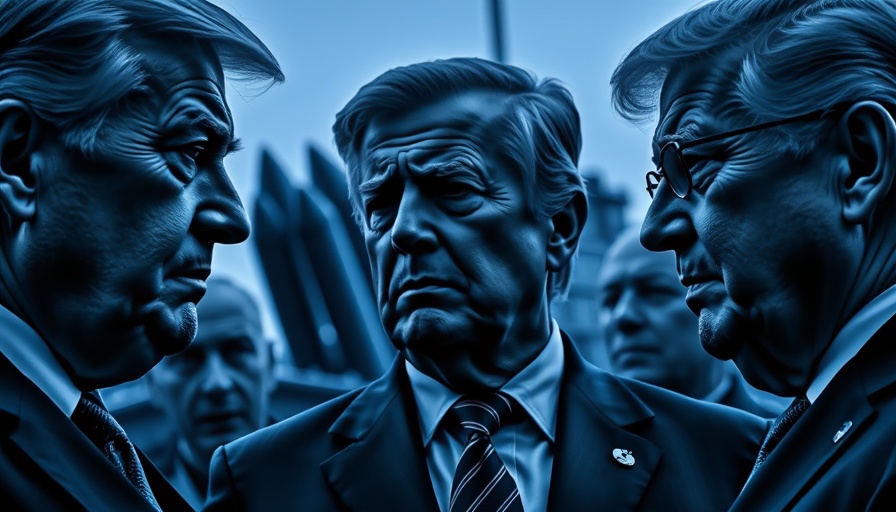
Iran's Political Landscape: A Precarious Balance
The political turmoil within Iran paints a complex picture as the regime struggles to maintain its grip on power. With protesters demanding change and economic conditions worsening, the Iranian government is now at a juncture where its future survival hangs in the balance. As protests erupt across the nation, questioning the legitimacy of the ruling party, the government's response has been a mix of repression and strategic concessions.
Historical Context of Resistance
To understand the current protests, it’s important to consider Iran’s historical context. The 1979 Iranian Revolution laid the groundwork for the Islamic Republic. However, decades of authoritarian rule and economic mismanagement have bred discontent. The current protests echo previous uprisings, such as the Green Movement of 2009, highlighting a persistent call for democratic reforms. The failed promises of progress and transparency have only intensified the recent movements.
The Economic Strain: Fueling Dissent
Iran’s economy has been wrestling with debilitating sanctions, leading to rampant inflation and unemployment. With the cost of living soaring, ordinary citizens are feeling the pinch. Many are asking how a country rich in resources can find itself in such dire straits. These economic realities serve as a catalyst for the protests, with people demanding changes not just in governance, but also in their daily lives. The disconnect between governmental policies and public needs has exacerbated tensions significantly.
The Role of Social Media
The rise of social media has played a pivotal role in mobilizing support for protests and amplifying dissenting voices. Platforms like Instagram and Twitter serve as an outlet for Iranians to share grievances and organize movements, often circumventing state-controlled narratives. While authorities try to crack down on digital platforms, technology continues to empower the youth, fueling a stark generational divide between the hardline regime and the more progressive populace.
Future Predictions: The Road Ahead
Looking forward, experts are divided on the future of Iran. Some predict a potential shift in leadership as the current regime proves ineffectual in addressing the population's needs. Others foresee that the regime will adapt through superficial reforms while maintaining strict authoritarian control. This dichotomy presents a crucial question: will the government evolve to meet the people's demands, or will it continue to resist change, potentially leading to greater unrest?
The International Response
Global reactions to Iran’s situation have been varied, often reflecting geopolitical interests. Some nations express solidarity with protesters, while others focus on diplomatic negotiations surrounding nuclear agreements. The international community must navigate a careful path that supports Iranian citizens while pressing for accountability and reform from the regime. This dynamic reflects a broader trend in international relations, where domestic issues can quickly spiral into global concerns.
Conclusion: The Future of the Iranian Regime
The struggle for the future of Iran is ongoing and multifaceted. Citizens are demonstrating immense resilience, with calls for democracy and an end to oppressive rule growing louder. With economic hardship and a youthful, tech-savvy population agitating for change, the regime’s strategies are crucial for its survival. As observers, we must stay informed and engaged, understanding that the events in Iran could have reverberating effects beyond its borders.
 Add Row
Add Row  Add
Add 



Write A Comment